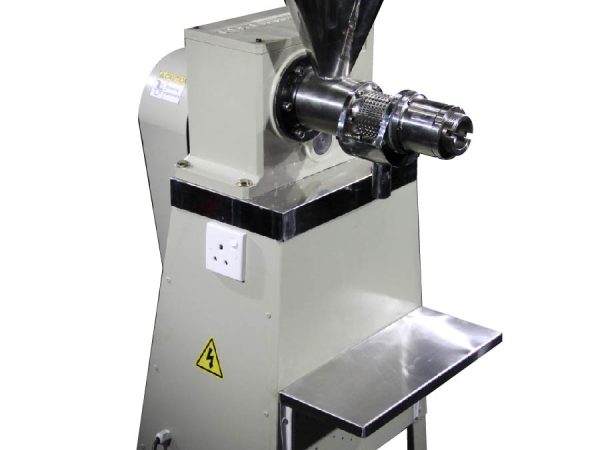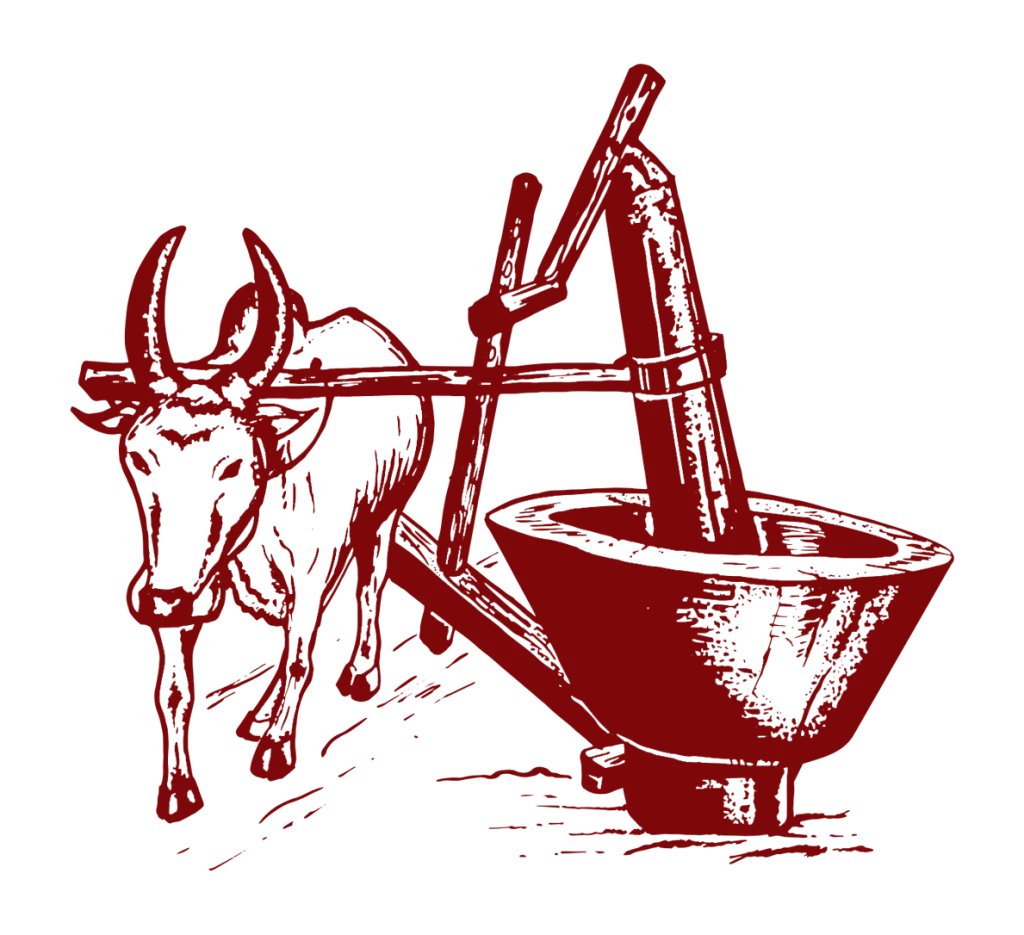The term “Virgin” is used to emphasize that, all nutrients in a nut, seed or fruit is preserved when it is converted to the format of oil. If we use the word “Virgin fruit juice” it means that the natural nutrients in a fruit is preserved when it is squeezed into juice. Similarly in Virgin Olive oil it means that the natural nutrients in olives are preserved when oil is pressed out. For this to happen the coconuts should be fresh (it cannot be sun died for weeks) and the pressing of coconut should not generate high heat. That means it should be a cold press.
Virgin Coconut Oil manufacturing steps in a factory are as follows;
- Harvesting coconuts from plantation.
- Delivering the coconuts to factory.
- De husking the coconuts.
- After de husking, we get the hard nut into our hand. So we need to crack the shell and remove the outer hard shell with a sharp tool.
- Then we have the de shelled coconut flesh like a looking like a brown ball (the brown skin covers the flesh).
- Next the brown skin is removed with a pairing knife. Like peeling off a mango or orange. The brown skin is called pairing or testa or kurutta. This removed brown skin is also used for hot pressing and making coconut oil which is red orangish in color and a bit acidic in flavor. It is called Pairing oil or “kurutu Thel”.
- After removing the brown skin, we now get the exclusive white flesh.
- The white flesh is crushed grated into small particles.
- The scraped grated white flesh is put on to trays and put inside a drier. Air flows inside the drier and dries the white scrapes to minimum moisture. The temperature inside the drier should be lower than 55 degrees Celsius. If it is too hot we cannot consider the manufacturing as a cold process. So the drying temperature must be lower than 55 Celsius.
- Now that since all the water is taken out, the dried coconut flesh is gradually squeezed or pressed in specially designed stainless steel expellers. The center rod in the expeller rotates in very slow motion like a screw driver, and the coconut flesh around it is squeezed in a slow manner. So this pressing method avoids high heat generation and keeps the temperature generation below 55 degrees Celsius to fulfill the requirement for Cold Press. Actually this pressing method was adopted in yester era Sekkuwa or Chekku which operated in the same mechanism. It had a bull to rotate the center screw type rod and moved in slow motion. Now we have stainless steel small sized technology. The cold pressing machine can be also named as “the modern sekkuwa or the modern chekku”.
- When the slow pressing is done, raw oil comes out and fills into stainless steel tanks.
- Since this is just after the press, the oil has small small tiny coconut particles which float around. At this stage the oil is blur and cloudy. When raw oil is kept for 3 days in the tank, the particles deposit at the bottom and forms relatively clear oil at top surface. This is the primary step of filtering.
- Next this primarily filtered oil is sent through a cloth filter machine secondly and a micro filter thirdly to remove out any tiniest coconut particle from the oil make the look of the final product clear as water. Still there remains an visually untraceable amount of fine coconut particles.
- After Micro filtering, the virgin coconut oil is final. The export quality premium product is filled into Jars or Bottles.
- In cold winter climatic countries virgin coconut oil becomes a white solid. Therefore it is packed in jars to make it easy to put in a table spoon and scoop it out like ice cream. Wide mouth jars make it easy to put in a spoon. In Europe, USA, Japan, China virgin coconut oil is packed in jars for easiness to use a spoon in cold winter. If it is summer or hot environment virgin coconut oil stays liquid. So in Asian countries virgin coconut oil is presented in Olive oil like bottles.
- When virgin coconut oil is kept in cold it solidifies and when brought back to room temperature it becomes liquid again. After getting solid and moving back into liquid, then the final untraceable coconut particles deposit at bottom of the virgin coconut oil jar or bottle.




Comments are closed.